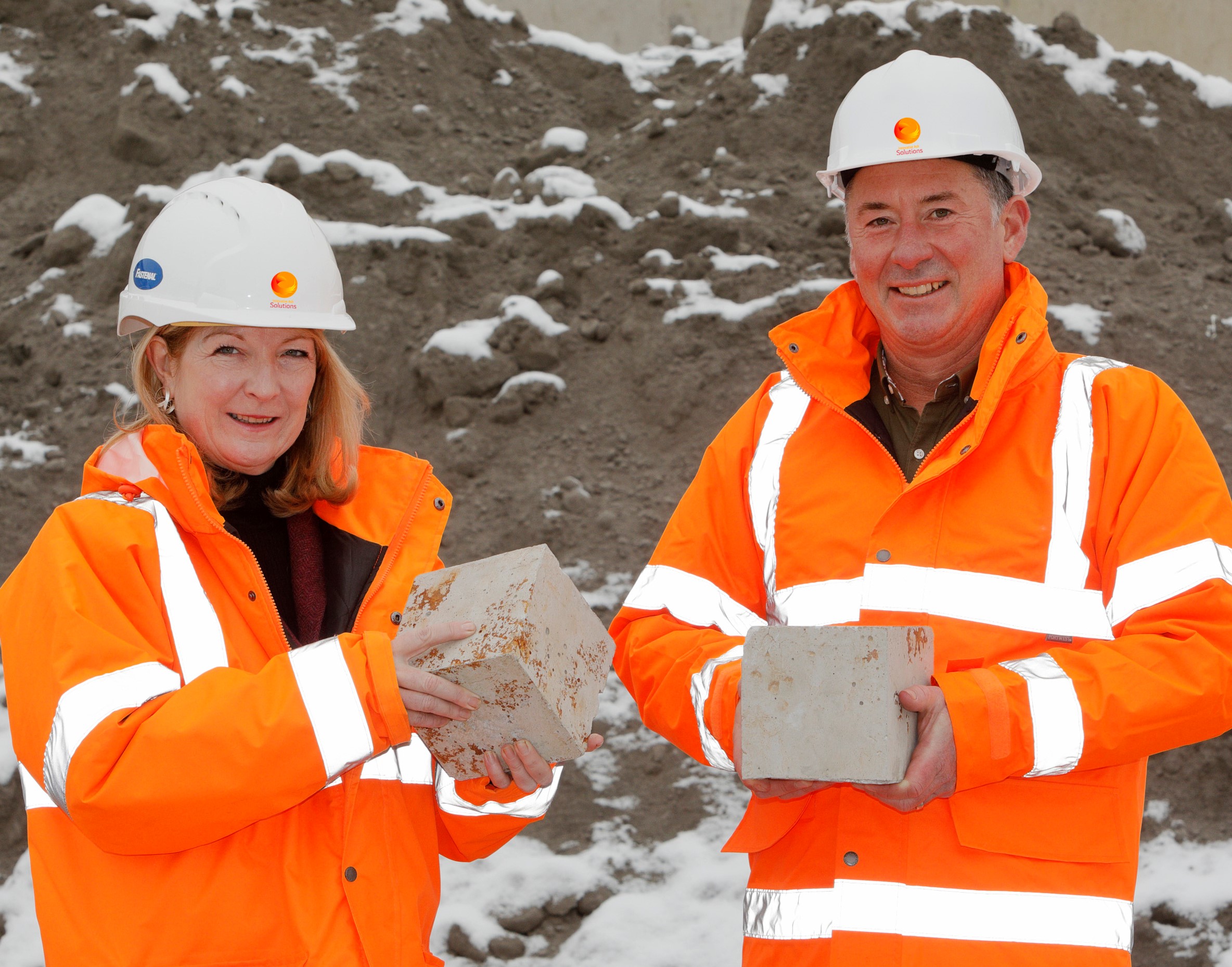Oldbury, UK, 6 August 2021: DPD UK, part of DPDgroup, Europe’s largest parcel delivery network and CitySprint, the UK’s premier same day delivery company, today announce that CitySprint will become part of DPDgroup, subject to regulatory clearance.
This follows a period of growth for CitySprint, which has seen continued demand for its services as businesses require more urgent and time critical same day deliveries.
